Spinal cord injury
Every year, about 2000 people in the UK, and several million people worldwide, suffer traumatic spinal cord injury leading to permanent paralysis.For more information: https://www.animalresearch.info/en/medical-advances/diseases-research/spinal-cord-injury/
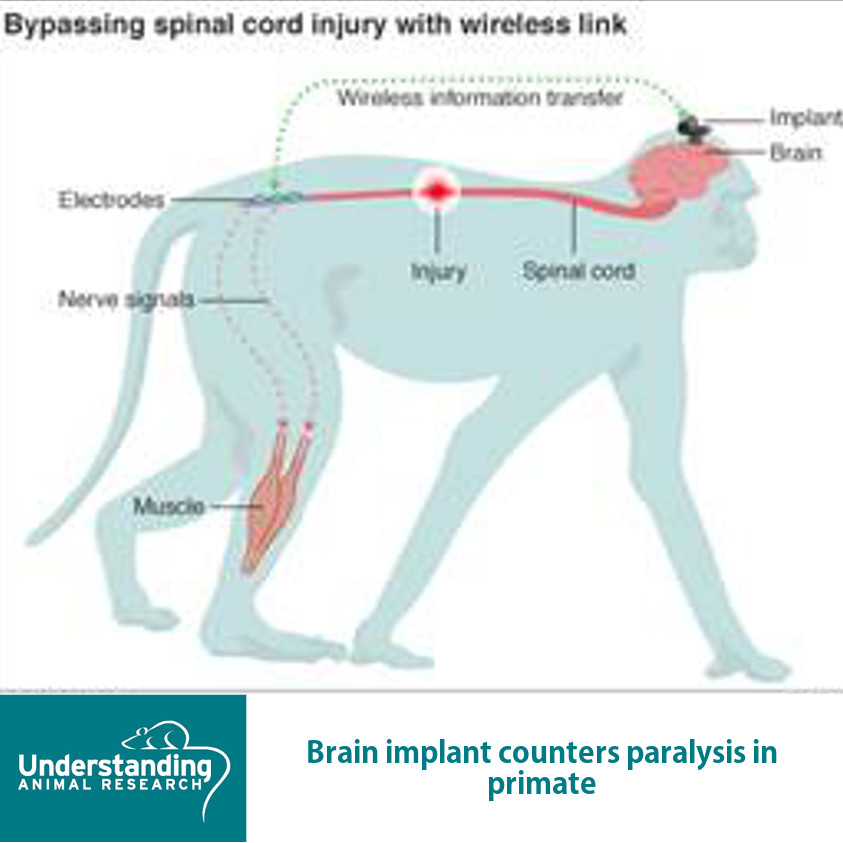
09/11/16 Brain implant counters paralysis in primates
An implant that beams instructions out of the brain has been used to restore movement in paralysed primates for the first time, say scientists.
Rhesus monkeys were paralysed in one leg due to a damaged spinal cord.
The team at the Swiss Federal Institute of Technology bypassed the spinal injury by sending the instructions straight from the brain to the nerves controlling leg movement in real time.
http://www.bbc.co.uk/news/health-37914543
http://www.nature.com/news/brain-implants-allow-paralysed-monkeys-to-walk-1.20967
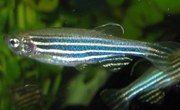
03/11/16 Protein speeds spinal repair in zebrafish
Mammals are not capable of regenerating complex nervous tissue after a severe spinal cord injury, which can often be fatal or cause paralysis. But zebrafish - a small, tropical freshwater fish native to South East Asia - have the remarkable ability to speedily regenerate their nervous tissue. Now researchers have identified a protein in the zebrafish that may rapidly boost the healing of major spinal cord injuries in humans.
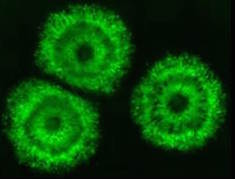
22/10/16 Immature human neurons repair mouse spinal injury
Chronic pain and loss of bladder control are among the most devastating consequences of spinal cord injury, rated by many patients as a higher priority for treatment than paralysis or numbness. Now a UC San Francisco team has transplanted immature human neurons into mice with spinal cord injuries, and shown that the cells successfully wire up with the damaged spinal cord to improve bladder control and reduce pain. This is a key step towards developing cell therapies for spinal cord injury in humans, say the researchers, who are currently working to develop the technique for future clinical trials.
https://www.ucsf.edu/news/2016/09/404281/human-neuron-transplants-treat-spinal-cord-injury-mice
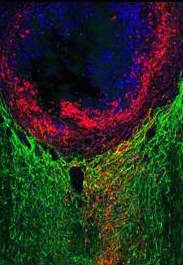
07/04/16 Scar tissue might help nerve re-growth
For decades, it was thought that scar-forming cells called astrocytes were responsible for blocking neuronal regrowth across the level of spinal cord injury, but recent findings challenge this idea. According to a new mouse study, astrocyte scars may actually be required for repair and regrowth following spinal cord injury.
http://www.nih.gov/…/new-role-identified-scars-site-injured…

31/08/15 Paralysis: Primates recover better than rodents, offer more accurate human model
Monkeys and humans exhibit greater motor recovery than rats after similar spinal cord injury, according to a new study. Spontaneous improvement occurs during the first six months after a spinal cord injury and researchers are using this observation to improve clinical trials and patient therapies. However, the neuronal mechanisms underlying this extensive recovery in primates are nearly absent in laboratory rats.
http://medicalxpress.com/news/2015-08-paralysis-primates-recover-rodents-accurate.html
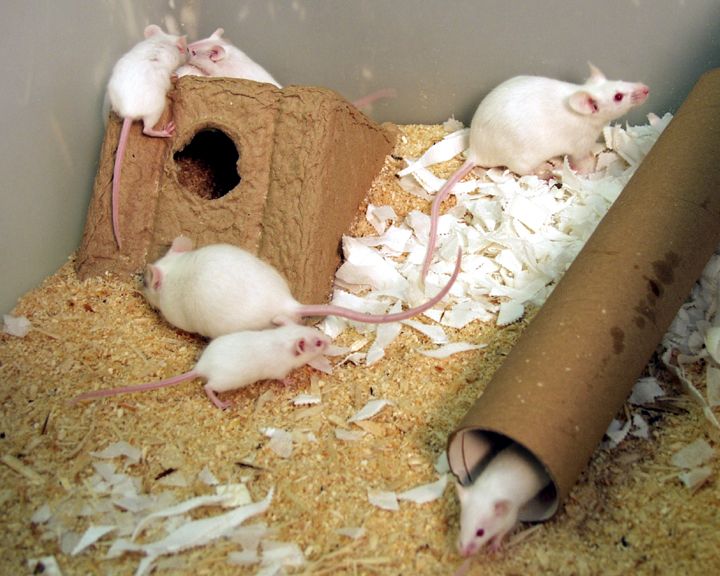
17/07/15 new therapeutic target for the treatment of acute spinal cord injuries
Researchers have identified a therapeutic target for the treatment of acute spinal cord injuries. According to studies in mice, the drug prevents the loss of the insulating myelin sheath that allows nervous signals to be transmitted. After administration, the mice showed increased mobility after an injury.
http://www.news-medical.net/…/UAB-researchers-find-therapeu…
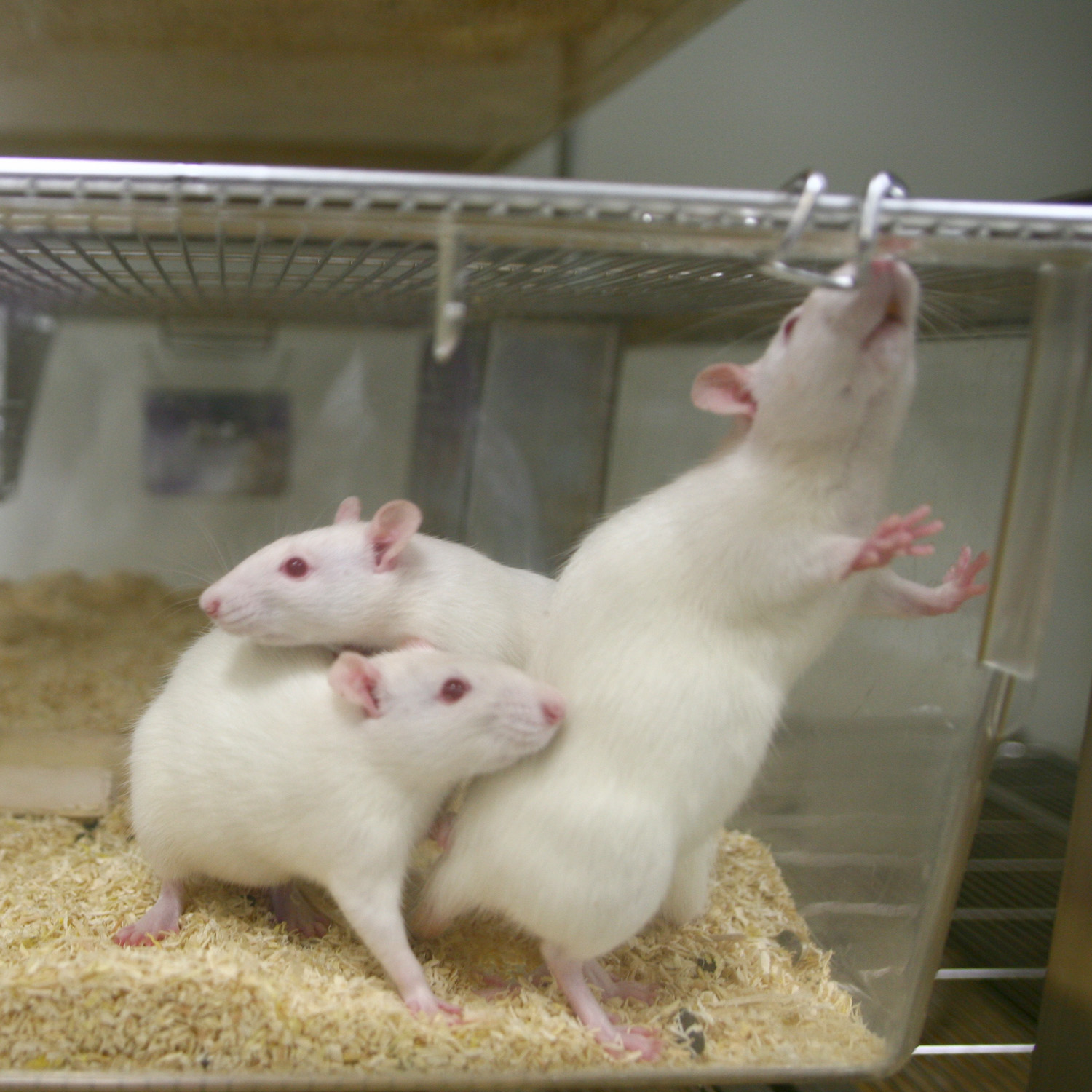
09/01/15 An elastic implant that moves with the spinal cord restores movement in rats
An elastic implant that moves with the spinal cord restores movement in paralysed rats for months. Injuries to the spinal cord often lead to paralysis by jamming the electrical signals that go from the legs to the brain through the spinal cord. Chemically and electrically stimulating the spinal cord has been shown to restore movement. Until now there were no long term implants available, but this technology moves with the body without damage and provides the perfect stimulation.
http://www.bbc.co.uk/news/health-3072589
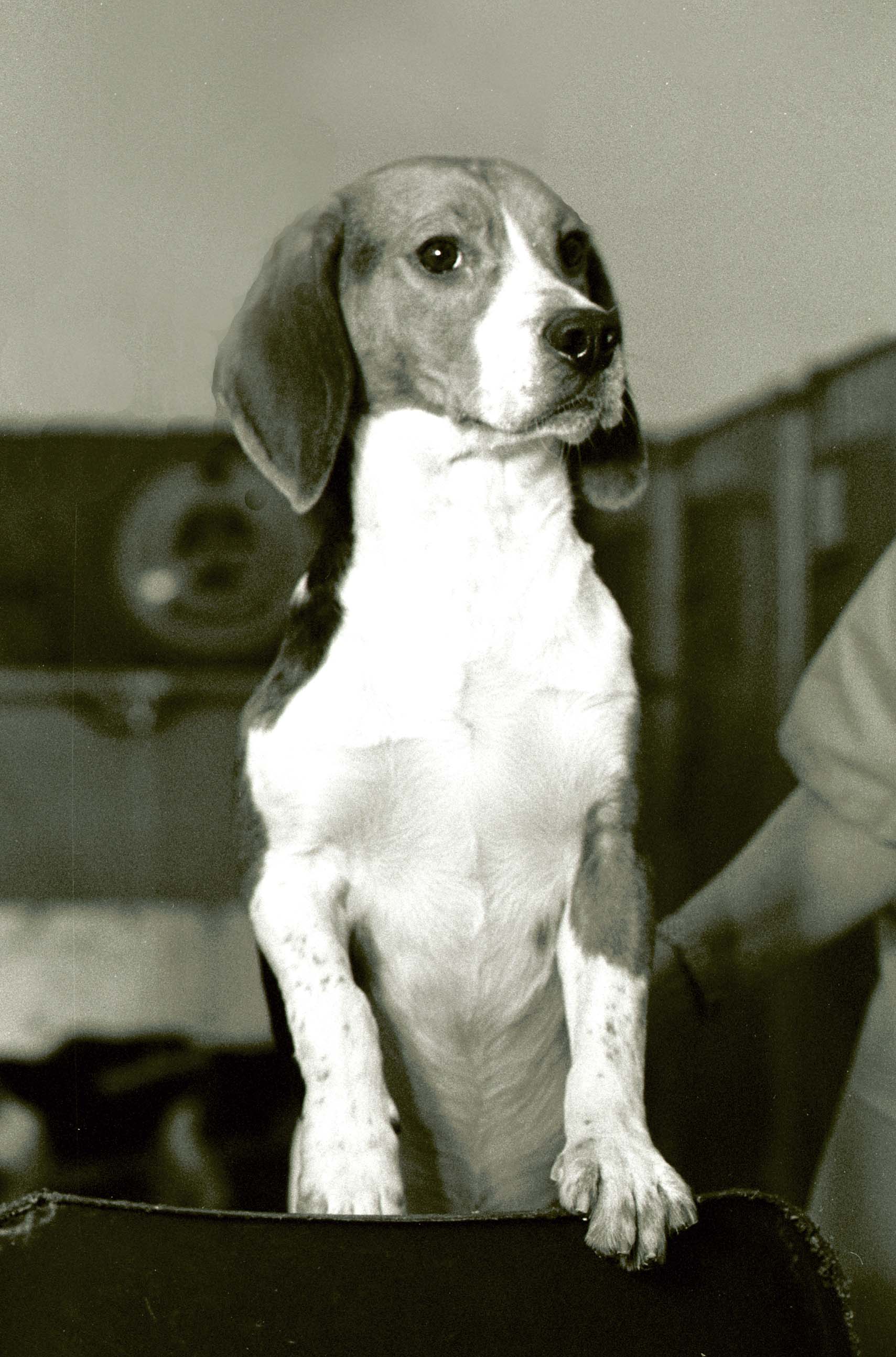
07/01/15 Paralysis in dogs requires customized treatments
A clinical trial of 19 paraplegic dogs at North Carolina State University has shown that spinal injuries require individualised treatments. All the animals had similar spinal injuries and all were treated with two drugs and a placebo (in a random order in two week blocks). Though neither drug was better, both were effective, and different treatments worked for different dogs.
http://medicalxpress.com/news/2015-01-dog-paralysis-customized-treatments.html

05/12/14 A drug to repair spinal cord injuries
A drug that encourages spinal cord nerves to grow and repair injuries has been developed using rats. 21 out of 26 rats showed some degree of improvement following treatment, either in their movement or bladder control. Proteins released by injury scar tissue can act to prevent neurons from growing over a damaged region of the spine. The drug acts to disrupt this “sticky glue” and allow the nerve cells to grow.
http://www.bbc.co.uk/news/health-30254698
28/11/14 Scientists have grown a spinal cord in the lab
Nobel Laureate Shinya Yamanaka has shown that genetic mutations that cause Duchenne muscular dystrophy can be corrected using genome editing. Muscular dystrophy is a degenerative disease caused by a defect in a gene that makes dystrophin protein. Without dystrophin muscle fibres become damaged and waste away. Even though there is no hope to correct all the defective genes in a patient’s body, injections of healthy cells could provide enough dystrophin to boost their existing muscle tissue.
http://www.theguardian.com/science/2014/nov/26/muscular-dystrophy-therapy-breakthrough
Last edited: 27 September 2017 17:33
